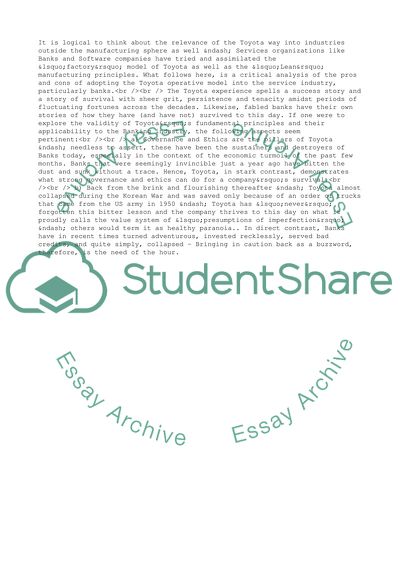Cite this document
(Organisational Structure and Change in Toyota Case Study, n.d.)
Organisational Structure and Change in Toyota Case Study. Retrieved from https://studentshare.org/business/1553959-organisational-structure-and-change-management-subject
Organisational Structure and Change in Toyota Case Study. Retrieved from https://studentshare.org/business/1553959-organisational-structure-and-change-management-subject
(Organisational Structure and Change in Toyota Case Study)
Organisational Structure and Change in Toyota Case Study. https://studentshare.org/business/1553959-organisational-structure-and-change-management-subject.
Organisational Structure and Change in Toyota Case Study. https://studentshare.org/business/1553959-organisational-structure-and-change-management-subject.
“Organisational Structure and Change in Toyota Case Study”. https://studentshare.org/business/1553959-organisational-structure-and-change-management-subject.


